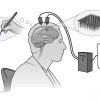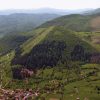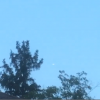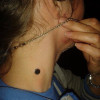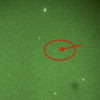DARPA is attempting to ‘slow biological time’0
- From Around the Web, Science & Technology
- March 8, 2018
Known as Biostasis, the program aims to increase the odds of survival for injured soldiers on the battlefield.

Known as Biostasis, the program aims to increase the odds of survival for injured soldiers on the battlefield.
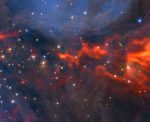
New data from the Atacama Large Millimeter/submillimeter Array (ALMA) and the IRAM 30-m telescope have been used to create one of the largest high-resolution mosaics of a star formation region produced so far at millimeter wavelengths.
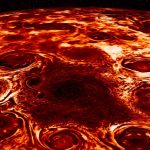
Data collected by NASA’s Juno mission to Jupiter indicate that the atmospheric winds of the gas-giant planet run deep into its atmosphere and last longer than similar atmospheric processes found here on Earth. The findings will improve understanding of Jupiter’s interior structure, core mass and, eventually, its origin.

The Human Genome Project was completed in 2003 and was set up in order to discover more about our “human blueprint”,where some scientists believe human DNA did not originate on this planet.
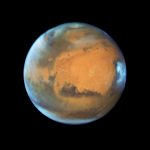
Futurist Michio Kaku sees humans doing ballet on Mars and projecting their brains into the cosmos. And aliens? Oh, they’re coming.
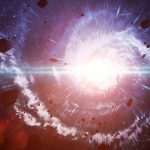
At the time of the Big Bang, all the matter in the universe was smooshed into an incredibly hot, infinitely dense speck of matter.
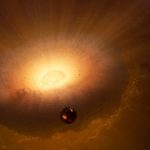
A new explanation for the moon’s origin suggests it actually formed inside our Earth – when our planet was still a seething, spinning cloud of rock, shaped like a doughnut. Previously, scientists believed that the moon formed as a result of a glancing blow between the early Earth and a Mars-size body, commonly called Theia.
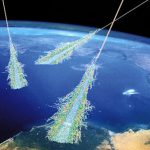
Cosmic rays are bad–and they’re getting worse. That’s the conclusion of a new paper just published in the research journal Space Weather.

Scientists at Amherst College and Aalto University have created, for the first time a three-dimensional skyrmion in a quantum gas. The skyrmion was predicted theoretically over 40 years ago, but only now has it been observed experimentally.
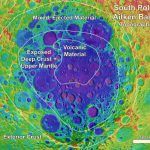
A team of planetary scientists from Brown University and NASA’s Goddard Space Flight Center has mapped the mineralogy of the South Pole-Aitken basin, a vast impact structure on the far side of the Moon. Published in the Journal of Geophysical Research: Planets, the findings could help guide future exploration of the basin.


